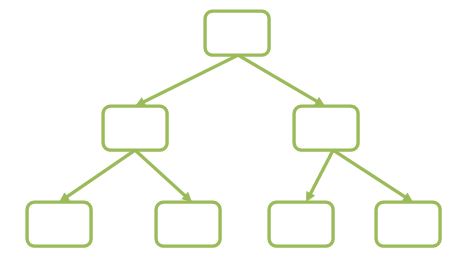This section all about SQL Server Index. Here you will learn everything about indexes in SQL Server like create index, rename index, drop index and more.
Indexes are used to increase the performance of SQL queries. It helps the database engine to retrieve data from tables and views more quickly.

Indexes are used to increase the performance of SQL queries. It helps the database engine to retrieve data from tables and views more quickly.
This is similar to the index of a book. Whenever you want to search a topic, you refer to the index of the book to find out the page number of the topic to quickly access the topic without checking all the pages of the book.
The index in SQL Server works exactly as same fashion. You can create two types of indexes in SQL Server: cluster index and non-clustered index.
In this section of the tutorial, we will take you through on everything about indexes in SQL Server. So that you can use indexes to optimize your SQL Server query.
- Clustered Index – Learn what is clustered index in SQL Server and how to create a clustered index.
- Non-clustered Index – It all about the non-clustered index. This will teach you how to create a non-cluster index in SQL Server.
- Rename Index – Change the name of the index using T-SQL and SQL Server Management Studio.
- Disable Index – Learn how to disable index in the SQL Server table.
- Enable Index – Learn the various methods to enable one or all indexes in SQL Server.
- Unique Index – This ensures uniqueness value on a certain column(s).
- Drop Index – Here you will learn how to drop indexes from SQL Server.
- Index with included column – Tells all about how to add non-key columns to the non-clustered index to improve the speed of the query.
- Filtered Index – Filter index shows how to create an index on a portion of rows in a table.
- Index on computed columns – describe function-based index using the index on a computed column.